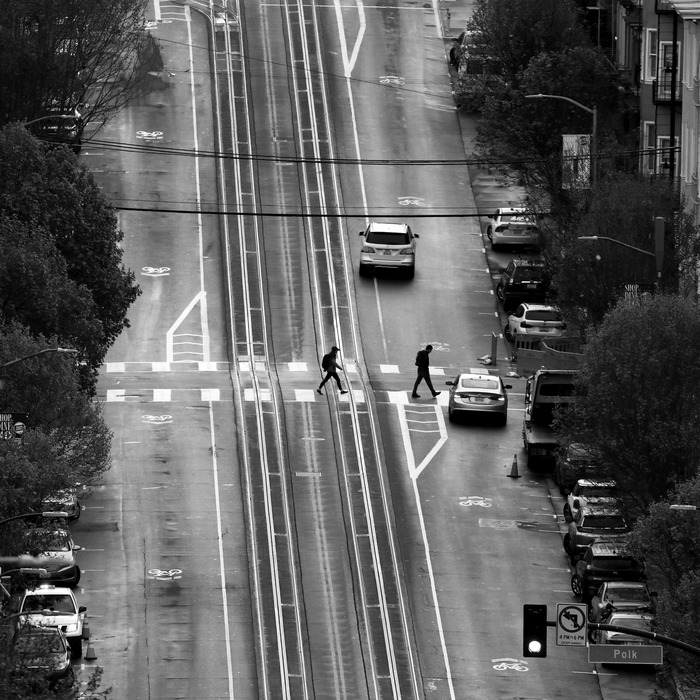Lifestyle, News trend
Shelter-in-Place and Stay-at-Home Orders: What They Mean
Last week, California became the first state to order residents to stay at home except for essential activities in order to slow the spread of coronavirus. New York was quick to follow, with Governor Andrew Cuomo announcing an executive order requiring residents to stay indoors except for essential trips and services, which went into effect on Sunday night.
Currently, New York and California, along with New Jersey, have the largest number of coronavirus diagnoses in the country. As of Monday morning, New York had at least 15,168 confirmed cases of COVID-19, and 122 people with the virus have died. California has at least 1,849 cases. In a speech last week, Governor Gavin Newsom cited a model from state planners that suggests that without intervention, 56 percent of Californians could be infected over the next eight weeks.
The new restrictions in New York and California will be in place indefinitely. And as the number of infections across the country continues to rise, other states are already announcing similar measures. As of Monday afternoon, 12 states, including Delaware, Louisiana, Ohio, Illinois, Connecticut, Oregon, New Jersey, Indiana, Michigan, West Virginia, and Wisconsin had announced stay-at-home orders.
So what does a “stay at home” order mean, exactly? How is it different from “shelter in place”? Here’s what we know so far.
What do the new restrictions mean for people who live in affected states?
So far, the stay at home orders that have been announced in various states all look pretty similar, requiring residents to stay indoors except for certain essential activities, which include buying food and seeking medical treatment. Officials have emphasized that the orders do not completely bar people from leaving their homes, and have encouraged residents to take walks — provided they stay at least six feet away from anyone not in their household — and go to grocery stores.
In California, most retail stores and corporate offices in the state have been ordered shut. However, “essential” businesses like grocery stores, pharmacies, banks, and laundromats will remain open, and municipal services like buses will continue to run. Residents are not supposed to leave home for work unless they work for an “essential” business, which includes health care.
The executive order announced in New York, which went into effect on Sunday night, is similar. All nonessential businesses have been ordered to keep workers home, though this doesn’t include grocery stores, pharmacies, restaurants and bars (which can offer takeout and delivery only), laundromats, health-care operations, child care, and other essential services. Public transportation will keep running to allow essential workers to commute, though New Yorkers should not use it unless absolutely necessary. Cuomo also banned “all nonessential gatherings of individuals of any size for any reason.”

How is a “stay at home” order different from “shelter in place”?
Speaking on Friday, Governor Cuomo stressed that New Yorkers were not being ordered to “shelter in place,” noting that the term evokes panic. That said, the restrictions in New York and California look similar to the shelter-in-place order that went into effect in the San Francisco Bay Area earlier last week. In the Bay Area, officials said that people could leave their homes to take care of the health and safety of anyone in their household, including pets. Restaurants remain open for takeout and delivery, and people who provide other essential services — such as delivering food, mail or packages, picking up garbage, and maintaining electrical systems — should continue to go to work. Residents are allowed to go outside, but are not supposed to travel (by any means) unless it’s for an essential activity.
How will these orders be enforced?
The New York Times reports that it’s unclear how the new California orders will be enforced, though officials said there would be intense social pressure on individuals to comply. Announcing the New York orders on Friday, Cuomo said there would be civil fines and mandatory closures for any businesses that did not comply. “These provisions will be enforced,” Cuomo said. “These are not helpful hints.” In the Bay Area, failure to comply “is a misdemeanor punishable by fine, imprisonment, or both.” Officials in San Francisco said that the region’s more than 30,000 homeless people are exempt from the order, though Newsom has said the state is working to set up additional shelters.
What other places in the U.S. have enacted similar restrictions?
As of Monday afternoon, officials in Delaware, Louisiana, Ohio, California, New York, Illinois, Oregon, New Jersey, Indiana, Michigan, West Virginia, and Wisconsin have announced statewide stay-at-home orders. Kentucky, Pennsylvania, Maryland, and Massachusetts have ordered all nonessential businesses in the state to close. A number of cities have also announced stay-at-home orders, including Philadelphia, St. Louis, Kansas City, and New Orleans.
This post has been updated with new information.

